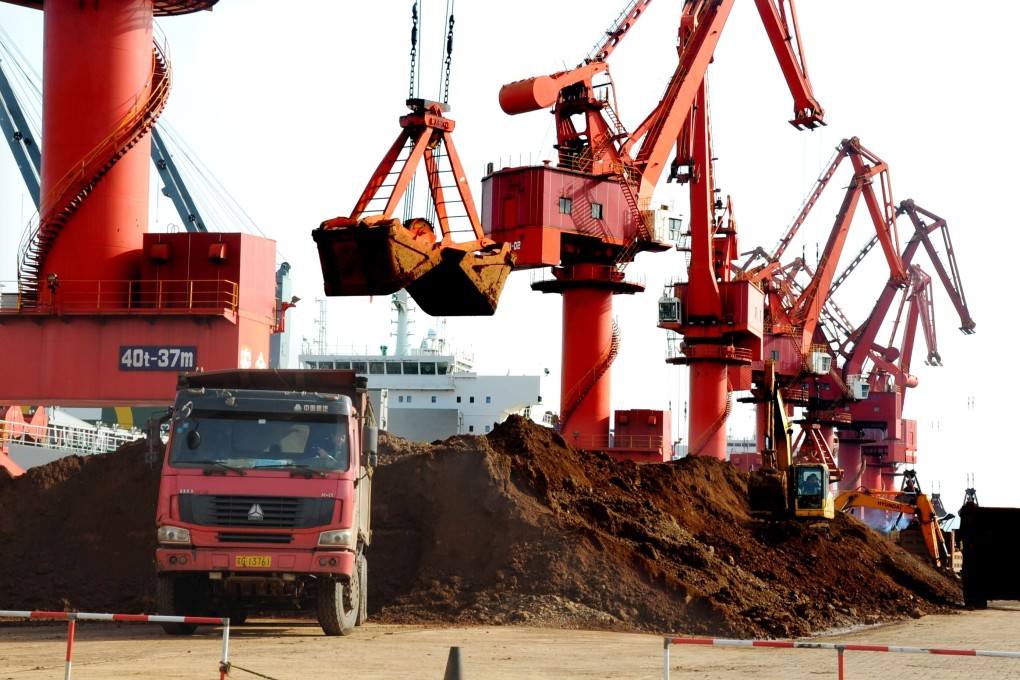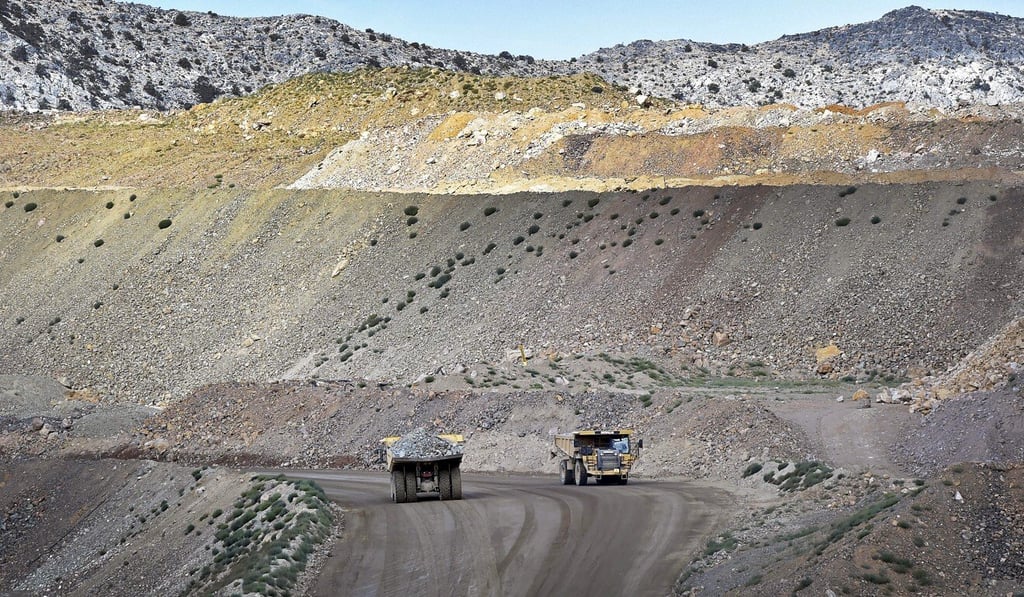US-China rivalry: Pentagon invests US$12.7 million in rare earth producers to reduce reliance on China
- Bulk of funding goes to MP Materials, which owns the world’s largest rare earth mine outside China
- US has traditionally depended its strategic rival for its supply of the metals, which are used in everything from smartphones to military hardware

The main beneficiary is MP Materials, which owns the Mountain Pass rare earth mine in California – the largest outside China – and was granted US$9.6 million, according to a statement issued by the Pentagon on Monday.
The money would be used to pay for the construction of new processing and separation facilities for refining the minerals, it said.
The two other funding recipients were TDA Magnetics in California and Urban Mining Company in Texas, which received US$2.3 million and US$860,000, respectively, it said.

The term “rare earths” relates to a group of 17 metals that are used in the manufacture of everything from smartphones to electric cars, as well as in the petroleum refining process.
They also have many military applications, including as a component of the alloys used to make stealth fighter jet engines, in nuclear reactors on aircraft carriers and submarines, and in magnets for electronics and precision-guided munitions and missiles.